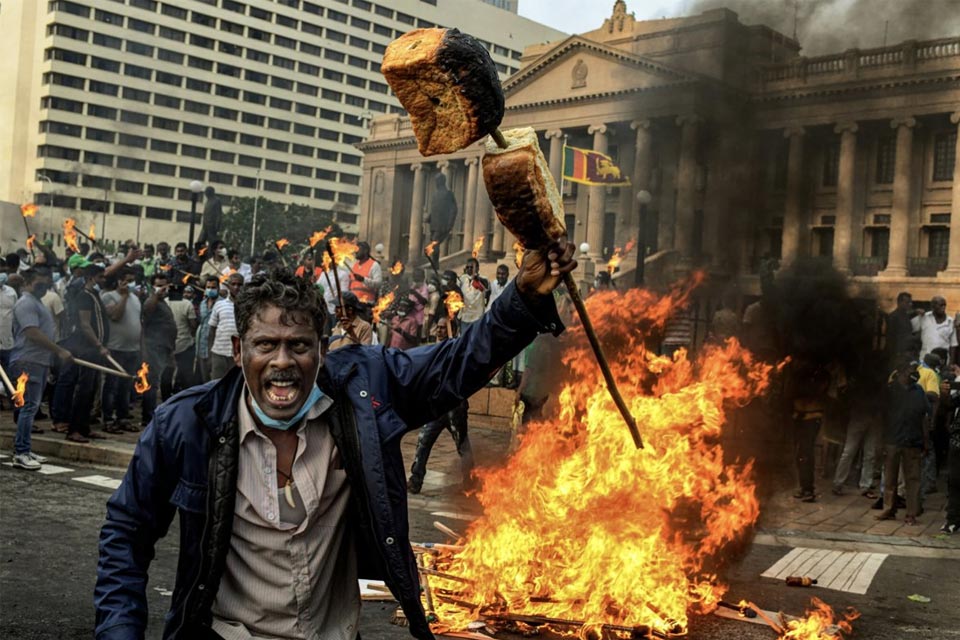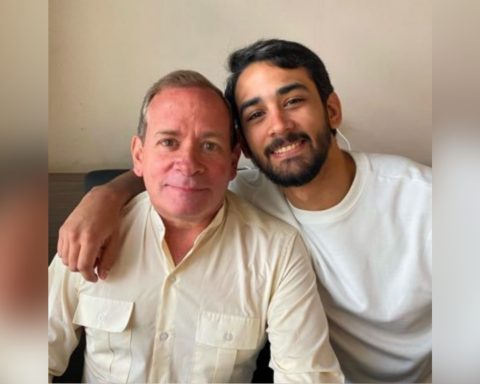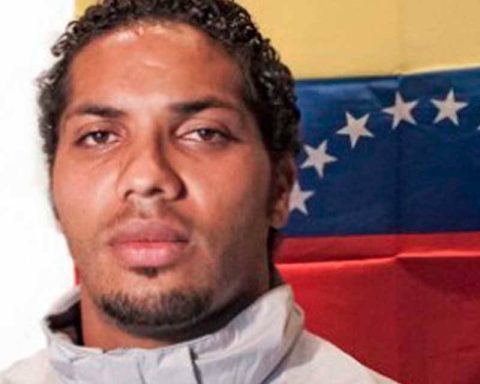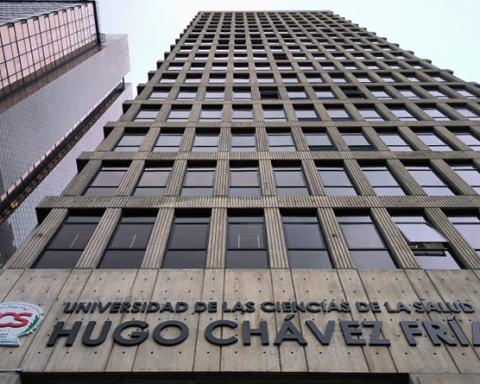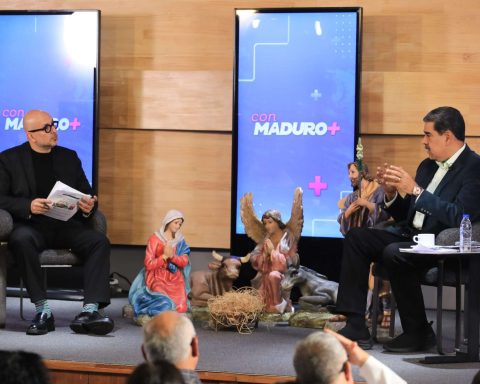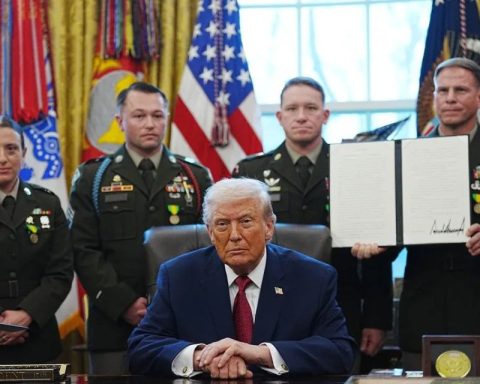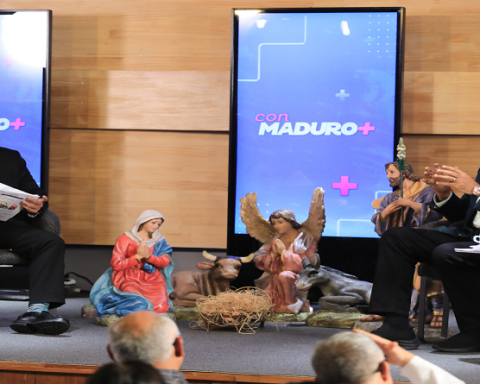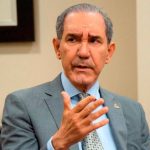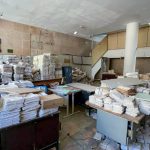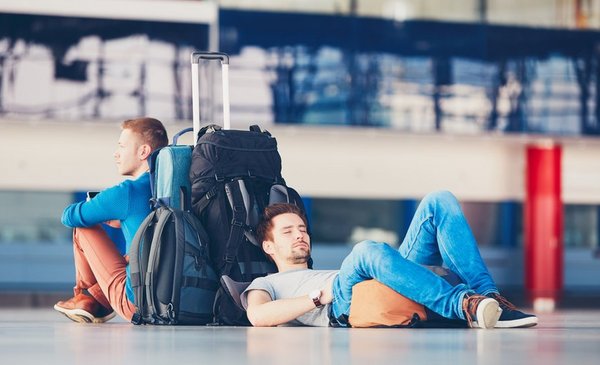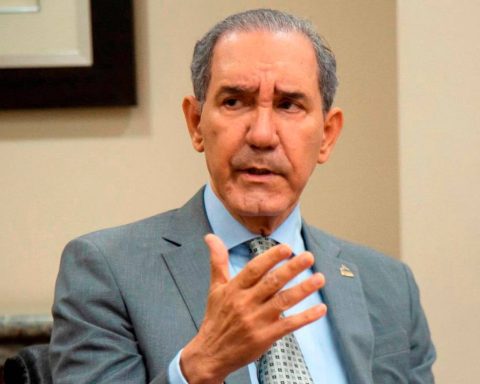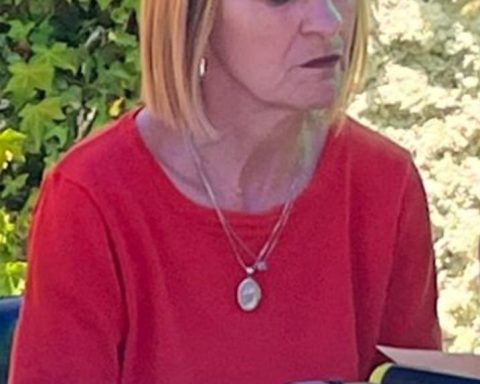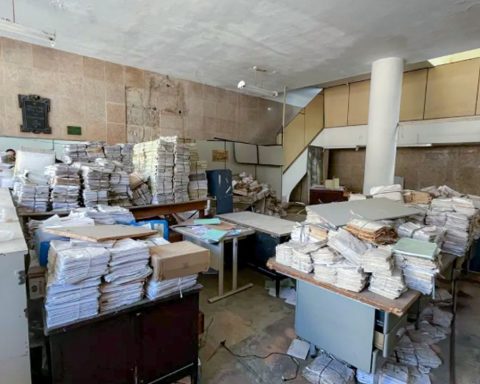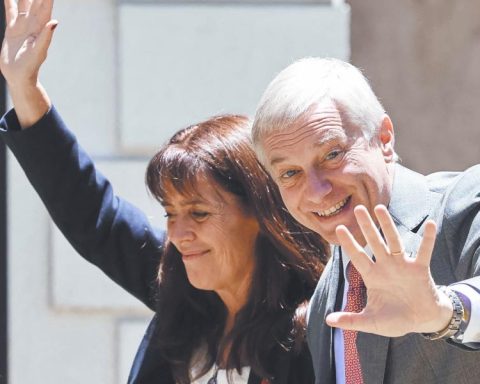Goyabhaya Rajapaksa represented the Sri Lanka People’s Freedom Alliance, a political movement considered social democratic, with left-wing economic policies
The population of Sri Lanka, an island country located to the south of India, took to the streets en masse and went to the government center to take over the presidential residence, forcing the president, Gotabaya Rajapaksa, to flee the place.
Hours after images and videos of the Sri Lankan people inside the presidential house, using the president’s assets and belongings, went around the world, Rajapaksa, who remained hidden and protected by the military, announced his resignation and fled .
A video shared by BNN news agency It presumably shows the president boarding a boat with his family to flee the country, while protesters still control the presidential house.
WATCH: Sri Lankan President Gotabaya Rajapaksa (@GotabayaR) fled after protesters surrounded his home.
As the economic crisis worsens, protests across the country resulted in the imposition of a curfew. pic.twitter.com/RY8ZXbhatc
— BNN Newsroom (@BNNBreaking) July 9, 2022
At night, the crowd was not satisfied with overthrowing the Rajapaksa, but began to set fire to the presidential house and then advanced towards the mansions of their political allies with the intention of burning them too, as happened with the residence of the Prime Minister, Ranil Wickremesinghe, shortly after he announced his resignation.
Protesters in Sri Lanka have started burning down the mansions of their politicians. Right now, they burn down the mansion of the president, who has just submitted his resignation. One of the last self-proclaimed socialist republics in the world falls. pic.twitter.com/1bCUH8NlPx
— Agustín Antonetti (@agusantonetti) July 9, 2022
Rajapaksa’s cabinet officials quickly began to resign. It happened not only with Prime Minister Wickremesinghe, but also with Transport Minister Bandula Gunawardena.
Protests in Sri Lanka
The demonstration this Saturday, July 9, put an end to a wave of protests that began on March 15 as a result of a deep economic and food crisis that hit the country during the Rajapaksa government.
In April 2021, Rajapaksa ordered an aggressive move to organic farming, ending traditional agribusiness. To make sure this change was implemented, he banned agrochemical-based fertilizers.
This decision unleashed a brutal drop in tea and rice production in the first semester after implementing this policy. National production was not enough and they began to depend on imports, with which the economic crisis tempered by a debt that exceeded their Gross Domestic Product (GDP) worsened.
*Also read: Myanmar justice sentenced ousted Aung San Suu Kyi to another four years in jail
By March 2022, the population decided to respond with protests and a first attempt to take over the presidential house. Weeks of clashes with law enforcement agencies, curfews, deaths and injuries climaxed when it was revealed that the government did not have enough dollars to pay for imports of essential goods.
The protests escalated during June until tens of thousands of demonstrators decided to march towards the presidential residence to demand the resignation of Rajapaksa, who chose to flee.
The Rajapaksa Government
The Rajapaksa administration began on November 19, 2019, after winning the presidential elections with 52.25% of the votes of more than 13 million voters.
The political leader was not an unknown face to the Ceylonese people, since he was the Minister of Defense and Technology in the government of his older brother, Mahinda Rajapaksa, who ruled Sri Lanka between 2005 and 2015 and was then Prime Minister of the country during the administration. of his younger brother, between November 2019 and May 2022, when he resigned due to the protests.
Goyabhaya Rajapaksa represented the Sri Lanka People’s Freedom Alliance, a political movement considered social democratic, with left-wing economic policies.
The Rajapaksa government was characterized by populist decisions based on tax cuts without reducing public spending, creating a fiscal deficit that they tried to solve with the issuance of inorganic money, which accelerated inflation.
Similarly, the external debt, which was already high when Rajapaksa took over the Government in 2019, worsened. From 88% of its GDP it went on to represent 101% of GDP, a situation that caused them to default in the face of an evident implosion of the economy. from the country.
Post Views:
961
